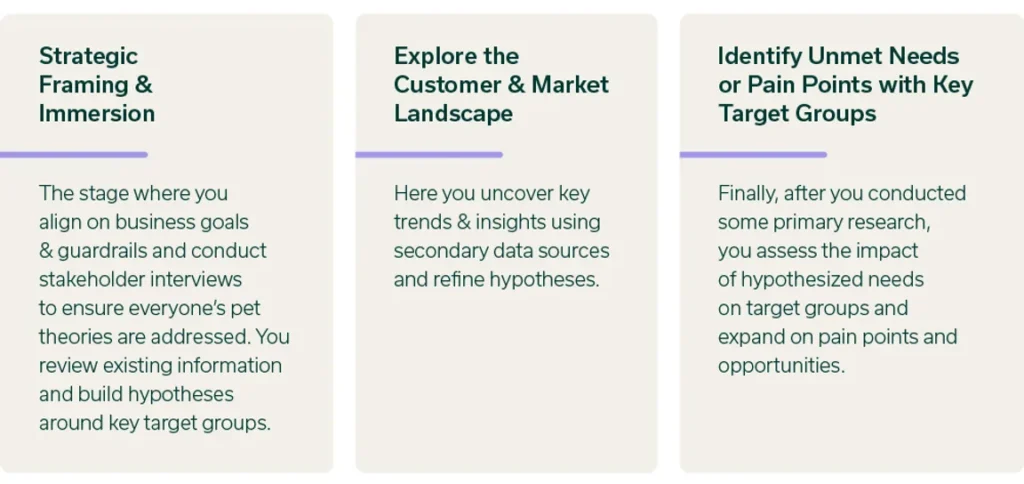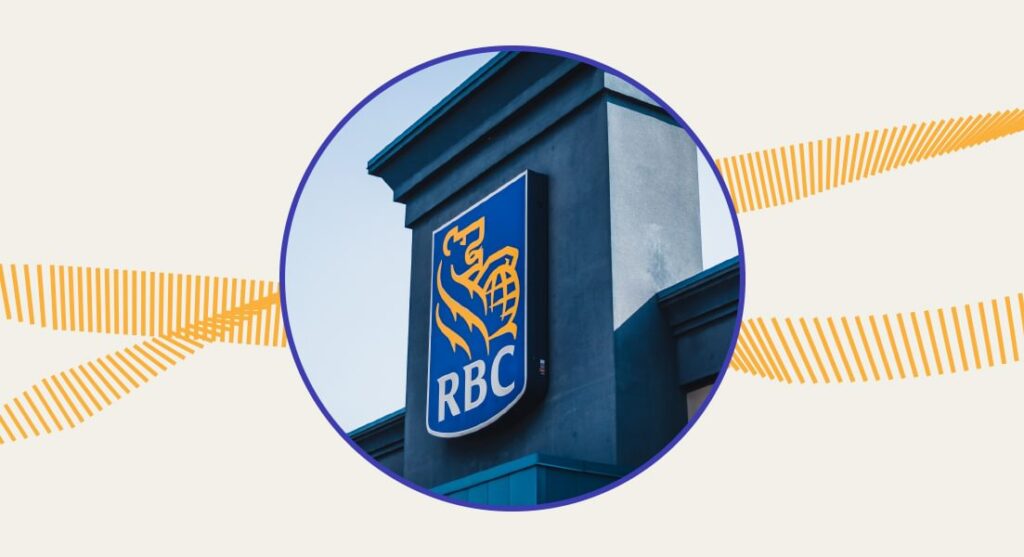When we think of innovation, there’s a tendency to equate it with generating new ideas. While ideation is indeed a crucial aspect of the innovation process (which we’ll discuss later), it’s the foundational research that lays the groundwork for innovative work.
So what exactly are we reinventing in the foundational research stage? Well, let’s examine the traditional approach taken by researchers.
One of the key elements of foundational research is segmenting consumers in the market. Our Executive Vice President (EVP), Robin Brown, explains that a conventional segmentation study used to be conducted with a large sample size.
These studies typically involved lengthy surveys that were complex for both clients and consumers. Their main goal was to provide clients with as much information as possible about current and potential consumers. Plus, they were divorced from the actual consumption experience.
Although this method of conducting research still exists today, new technologies and methodologies enable us to make even the foundational research stage more agile. This can take different forms.
One of the most common practices we’ve adopted is dividing foundational research into several smaller stages.
Sometimes companies tend to overlook this stage and immediately start thinking tactically about ideation. Part of the time we spend on foundational research is dedicated to educating clients about having an organized structure that involves understanding their scope of work, exploring the market, and delving into customer pain points.
Jill Orum, EVP
Dig Insights
Kevin Hare, EVP, adds that this segmented approach enables our clients to complete innovation projects faster and more effectively, resulting in even greater value and quality of work.
We’re also employing a variety of different tools and methodologies for different purposes. Robin points out that a typical shopping process is such a complex experience that a traditional survey can’t always capture it. You can ask people about their last shopping experience and then use a tool, such as Dig’s Mobile Shopalongs, to track their shopping habits in real time.
Dig’s tips for conducting great foundational research
1. Make the process more structured
Foundational research can be messy and overwhelming when you don’t have an organized structure for your innovation project. Jill shares a handy plan that proved successful in her work. It divides the foundational research into 3 parts:

This 3-step approach helps you narrow the scope of your innovation project, discover insights related to your category and beyond, and focus your efforts on a specific audience group.
2. Combine data from multiple tools to append behavioural data

Most research will require you to use several tools across your project. We recommend combining them to get richer data about your target groups. Kevin shared how we used this method in our work with RBC:
Our clients have a large amount of transactional data from their customers’ accounts. By layering our own segmentation work on top of that data, we generated particularly useful results. RBC was able to score and predict their entire database. After we applied this combined data to our Advanced Analytics algorithms, the client gained a sophisticated set of insights about their consumers.
Kevin Hare, EVP
Dig Insights